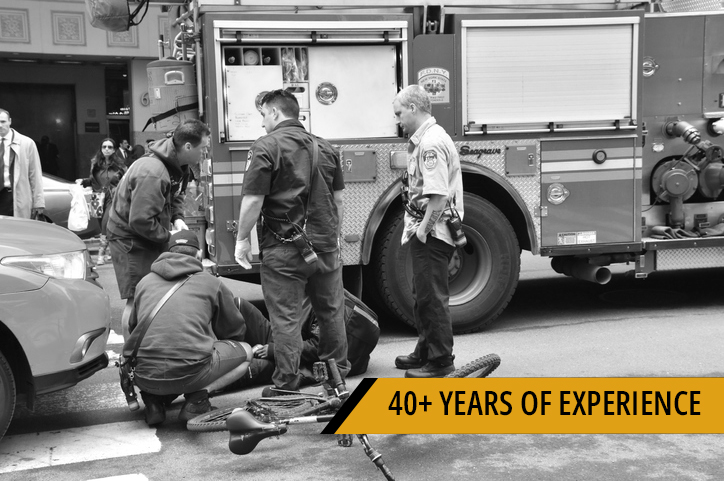
If you have been charged with a criminal offense
If you have been charged with a criminal offense, the first thing you should do is find a good criminal defense lawyer. A criminal defense lawyer can help you navigate the legal system and protect your rights. In this blog post, we will discuss the importance of hiring a criminal defense lawyer and how to find the right one for your case.
Why You Need a Criminal Defense Lawyer
If you have been charged with a crime, you need a criminal defense lawyer. The criminal justice system is complex and can be overwhelming. A criminal defense lawyer can help you understand your rights, explain the charges against you, and help you navigate the legal system.
A criminal defense lawyer can also help you build a strong defense. They will investigate the case, interview witnesses, and gather evidence to support your case. They will also represent you in court and negotiate with prosecutors to try to get the charges against you reduced or dismissed.
How to Find the Right Criminal Defense Lawyer
Finding the right criminal defense lawyer can be a challenge, but there are several things you can do to make the process easier. Here are some tips to help you find the right criminal defense lawyer for your case:
1. Look for a Lawyer with Experience in Criminal Defense
Criminal defense is a specialized area of law, and you want to make sure that the lawyer you hire has experience in this area. Look for a lawyer who has handled cases similar to yours and has a track record of success.
2. Check their Reputation
Check the lawyer’s reputation by reading reviews and testimonials from previous clients. You can also check their ratings on legal directories like Martindale-Hubbell or Avvo. A lawyer with a good reputation is more likely to provide quality legal representation.
3. Meet with the Lawyer
Schedule a consultation with the lawyer to discuss your case. Use this opportunity to ask questions and get a feel for the lawyer’s communication style. You want a lawyer who will listen to your concerns and explain the legal process in a way that you can understand.
4. Consider their Fee Structure
Before hiring a lawyer, make sure you understand their fee structure. Some lawyers charge by the hour, while others charge a flat fee or work on a contingency basis. Make sure you know what you will be expected to pay and when.
5. Trust your Instincts
Finally, trust your instincts. If something feels off, it probably is. You want a lawyer who you feel comfortable with and trust to represent you in court.




